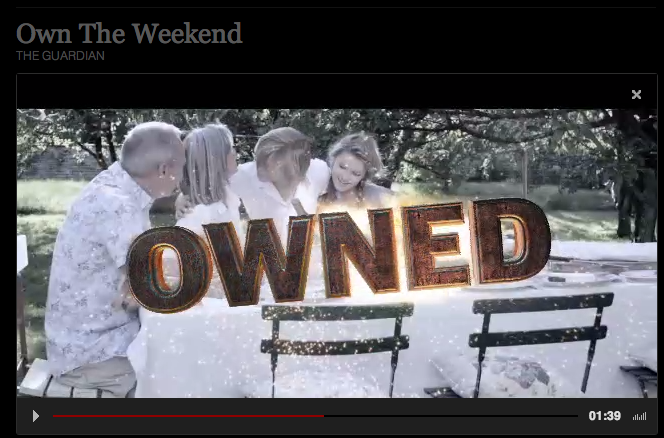Are you ready for 4K? Manufacturers are, and they are ramping up for the next phase in how we enjoy videos, both on mobile TV and via big screens. There are some hurdles, and although it seemingly took the better part of decade for most countries to transition into 720p/1080p HDTV, the next wave of ultra resolution definitely seems like it is on the fast track.
So just how big of a leap is going from HDTV to 4K? It’s big. Current HDTV specs come in at 1280×720/1920×1080, 16:9 ratio and 24p, 30p and 60i. 4K ramps up to a pretty big jump of 7680×4320. The same aspect ratio of 16:9 is in effect, but the frame rate is bumped up to 60p, for extremely high-definition, flicker-free imagery.
Companies are going full force with producing 4K sets, but the lack of content could be problematic. And that’s where we come in! The team at ReelDealHD is committed to providing consumers with next level products and services that add to the scarce library of 4K content.

This week we are proud to announce that we will be contributing to the advancement of this next level technology and commencing our first 4K project. The beauty in 4K viewing is best exhibited through gorgeous patterns and hues. Because of this, it is fitting that we have chosen to bring the party to life by recreating a nightclub scene packed with dazzling lights and vibrant outfits.
Make sure to stay connected with ReelDealHD in order to get more information on 4K as well as a behind the scenes look at this weeks shoot.















